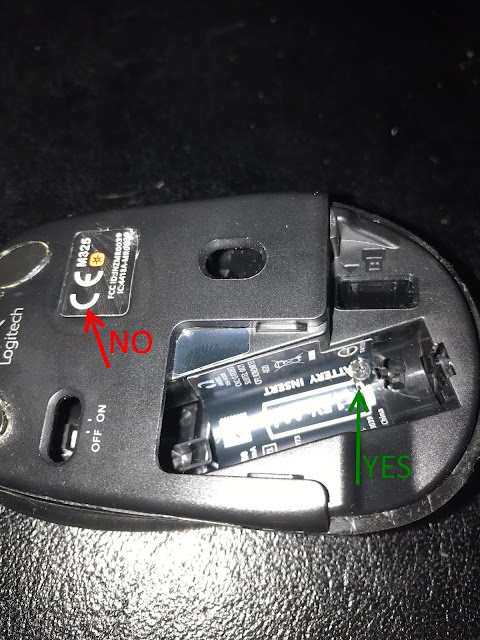Question
This might sound lame, but I have not been able to find a really good explanation of Aggregate.
Good means short, descriptive, comprehensive with a small and clear example.
Answer
The easiest to understand definition of Aggregate is that it performs an operation on each element of the list taking into account the operations that have gone before. That is to say it performs the action on the first and second element and carries the result forward. Then it operates on the previous result and the third element and carries forward. etc.
Example 1. Summing numbers
var nums = new[]{1,2,3,4};
var sum = nums.Aggregate( (a,b) => a + b);
Console.WriteLine(sum); // output: 10 (1+2+3+4)
This adds 1 and 2 to make 3. Then adds 3 (result of previous) and 3 (next element in sequence) to make 6. Then adds 6 and 4 to make 10.
Example 2. create a csv from an array of strings
var chars = new []{"a","b","c", "d"};
var csv = chars.Aggregate( (a,b) => a + ',' + b);
Console.WriteLine(csv); // Output a,b,c,d
This works in much the same way. Concatenate a a comma and b to make a,b. Then concatenates a,b with a comma and c to make a,b,c. and so on.
Example 3. Multiplying numbers using a seed
For completeness, there is an overload of Aggregate which takes a seed value.
var multipliers = new []{10,20,30,40};
var multiplied = multipliers.Aggregate(5, (a,b) => a * b);
Console.WriteLine(multiplied); //Output 1200000 ((((5*10)*20)*30)*40)
Much like the above examples, this starts with a value of 5 and multiplies it by the first element of the sequence 10 giving a result of 50. This result is carried forward and multiplied by the next number in the sequence 20 to give a result of 1000. This continues through the remaining 2 element of the sequence.
Live examples:
http://rextester.com/ZXZ64749
Docs:
http://msdn.microsoft.com/en-us/library/bb548651.aspx
Addendum
Example 2, above, uses string concatenation to create a list of values separated by a comma. This is a simplistic way to explain the use of Aggregate which was the intention of this answer. However, if using this technique to actually create a large amount of comma separated data, it would be more appropriate to use a StringBuilder, and this is entirely compatible with Aggregate using the seeded overload to initiate the StringBuilder.
var chars = new []{"a","b","c", "d"};
var csv = chars.Aggregate(new StringBuilder(), (a,b) => {
if(a.Length>0)
a.Append(",");
a.Append(b);
return a;
});
Console.WriteLine(csv);
Updated example:
http://rextester.com/YZCVXV6464
Source









